Discovery of Göbekli Tepe
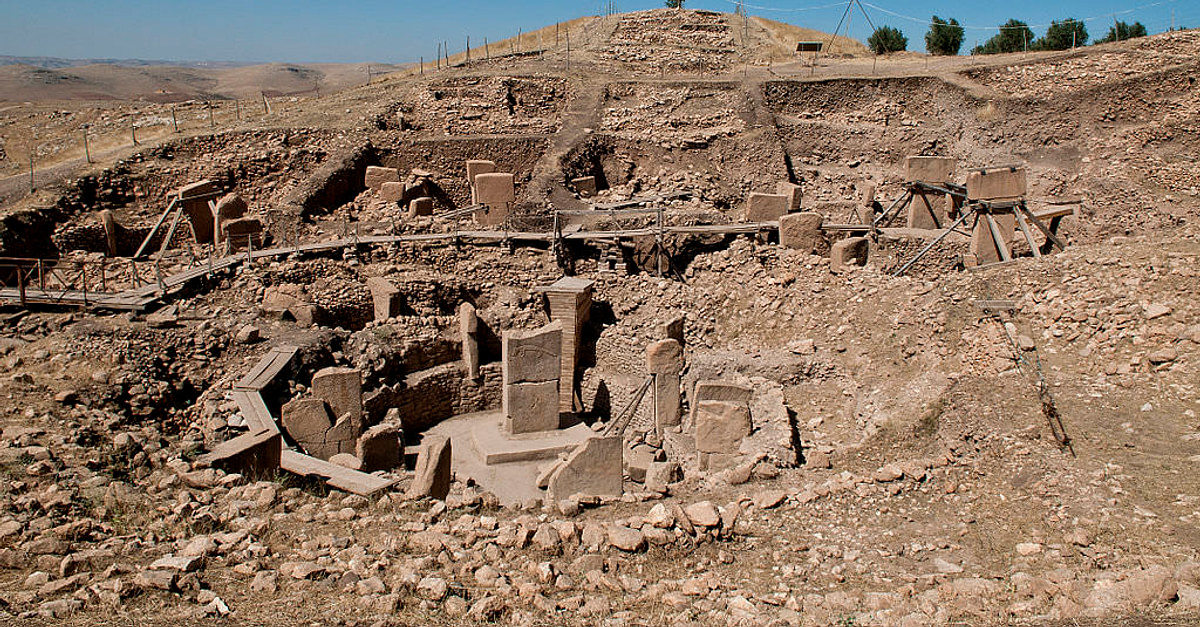
Göbekli Tepe, located in southeastern Turkey near Şanlıurfa, is a profound archaeological site that has reshaped our understanding of early human civilization. This monument, often referred to as 'Potbelly Hill' due to its shape, was initially identified in 1963 and extensively excavated starting in 1994[1][2][4][8]. The discoveries at this site provide extraordinary insights into Neolithic society, specifically its architecture, rituals, and social organization.
Site Overview and Early Excavations
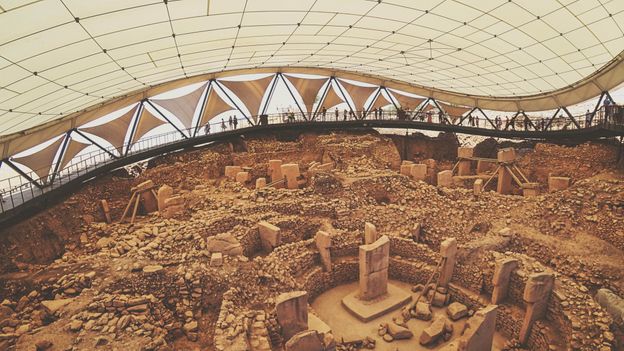
Göbekli Tepe, believed to be the world's oldest temple complex, dates back to the 10th millennium BCE. The site is characterized by large, T-shaped limestone pillars arranged in circular enclosures[4][5][6][9]. These pillars, some over 16 feet tall and weighing up to 50 tons, are adorned with intricate carvings of animals such as foxes, lions, scorpions, and vultures[1][4]. The architectural complexity and the scale of the construction required significant labor, indicating collaboration among large groups of people[4][6][7].
The site was first surveyed by Turkish and American archaeologists, who mistook the pillars for grave markers, underestimating its significance[4][8]. It wasn't until Klaus Schmidt, a German archaeologist, re-examined the site in 1994 that its true importance was recognized[4][8]. Schmidt's continued excavations revealed the extensive nature of the site, with up to 20 circular structures identified through geophysical surveys[4][8].
Architectural and Artistic Features
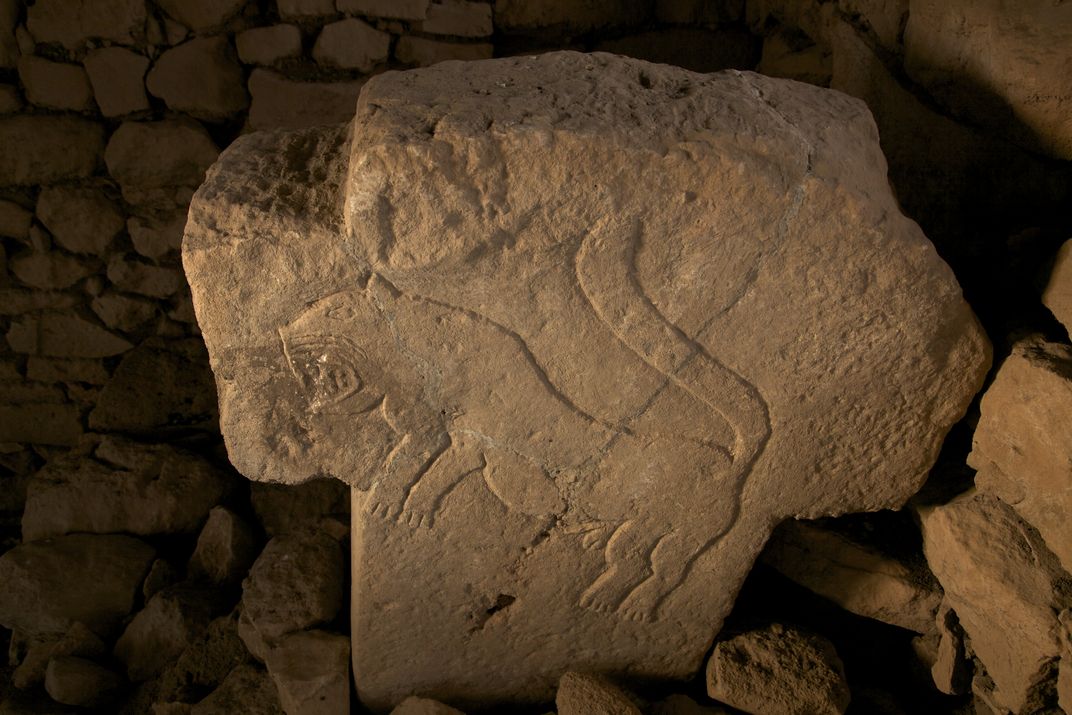
The pillars at Göbekli Tepe are remarkable not just for their size but also for their detailed carvings. The majority of the pillars feature images of dangerous animals, possibly intended to serve a protective or symbolic function[1][6]. The site includes both circular and rectangular buildings, with the latter believed to have emerged later in the Pre-Pottery Neolithic B period[7].
In addition to animal carvings, the pillars often depict abstract symbols and, occasionally, human limbs, suggesting anthropomorphic significance[1][2][7]. Some of the pillars show human arms and shoulders, leading to the hypothesis that the T-shapes might represent stylized humans or deities[1][4][7].
Sociocultural Implications
Göbekli Tepe has significantly altered the narrative of the Neolithic Revolution. Traditionally, it was believed that complex societal structures and religious practices emerged only after the advent of settled farming communities. However, Göbekli Tepe's construction predates domesticated plants and animals, indicating that hunter-gatherers were capable of organizing labor-intensive projects[4][6][7].
Schmidt theorized that Göbekli Tepe served as a central sanctuary for nomadic hunter-gatherers who gathered here for rituals and feasts, drawn by shared beliefs[3][4]. This challenges the view that settled agriculture was a prerequisite for monumental construction[4][6][8]. Instead, it suggests that the need for cooperative efforts in building and maintaining such complexes might have spurred the transition to agricultural societies[4][5][7].
Religious and Ceremonial Significance
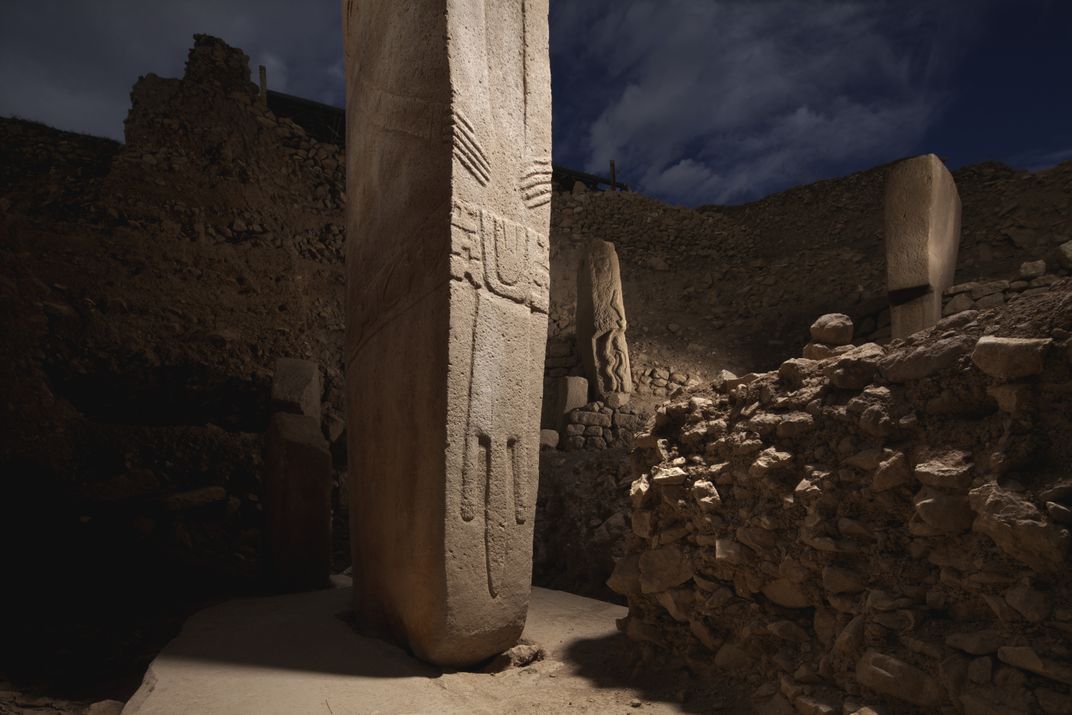
Göbekli Tepe is often described as a 'cathedral on a hill,' reflecting its likely role as a religious center[3][5][6]. The absence of domestic residues like trash pits and hearths supports the idea that it was not a permanent settlement but a site for ceremonial activities[2][3][4]. The presence of numerous wild animal bones, used in feasts, underscores its ritual importance[2][4].
Some researchers, like Dragos Gheorghiu, propose that Göbekli Tepe might have served as a cosmogonic map relating the community to their environment and cosmos[7]. The exact purpose of these enclosures remains debated, with theories ranging from burial sites to places for communal rituals involving animal sacrifices[1][2][4].
Recent Developments and Continuing Excavations
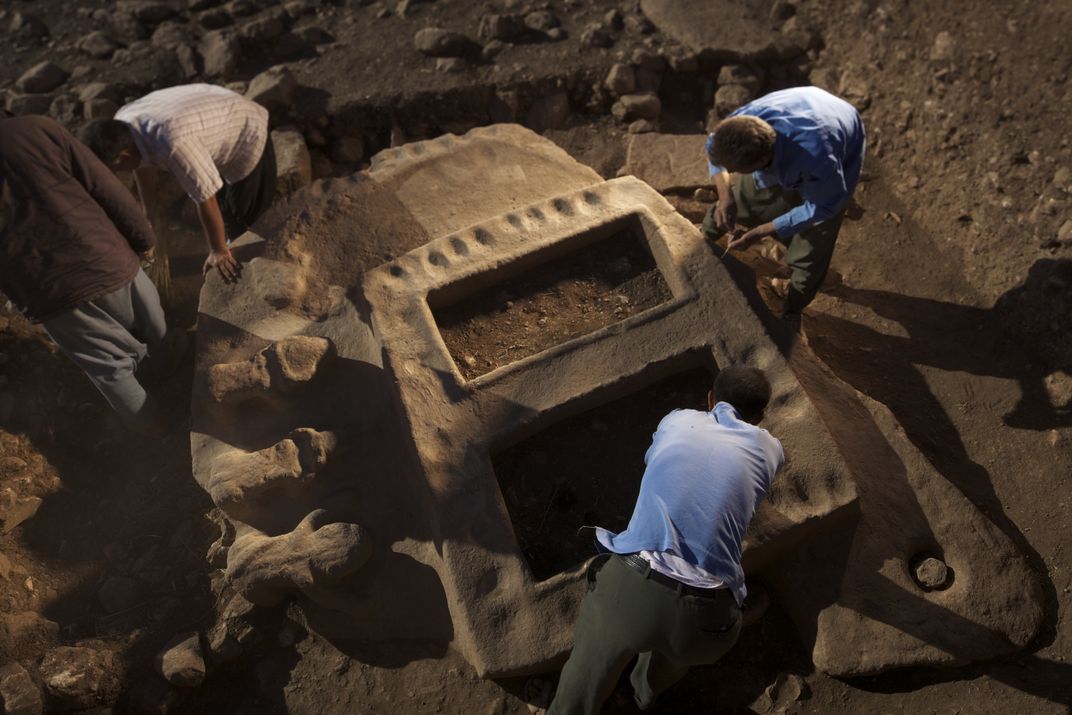
Since Schmidt's death in 2014, excavations have continued under the direction of various international teams. These recent efforts have uncovered evidence of domestic buildings, suggesting that, contrary to Schmidt’s initial hypothesis, there might have been some level of permanent settlement at the site[1][3][8][10].
The discovery of rainwater harvesting systems and numerous tools for processing cereals indicates a more complex society than previously thought[1][3][10]. Turkish archaeologists have also identified several other sites with similar T-pillars, indicating that Göbekli Tepe was part of a wider cultural tradition in the region[1][3][10].
Conclusion
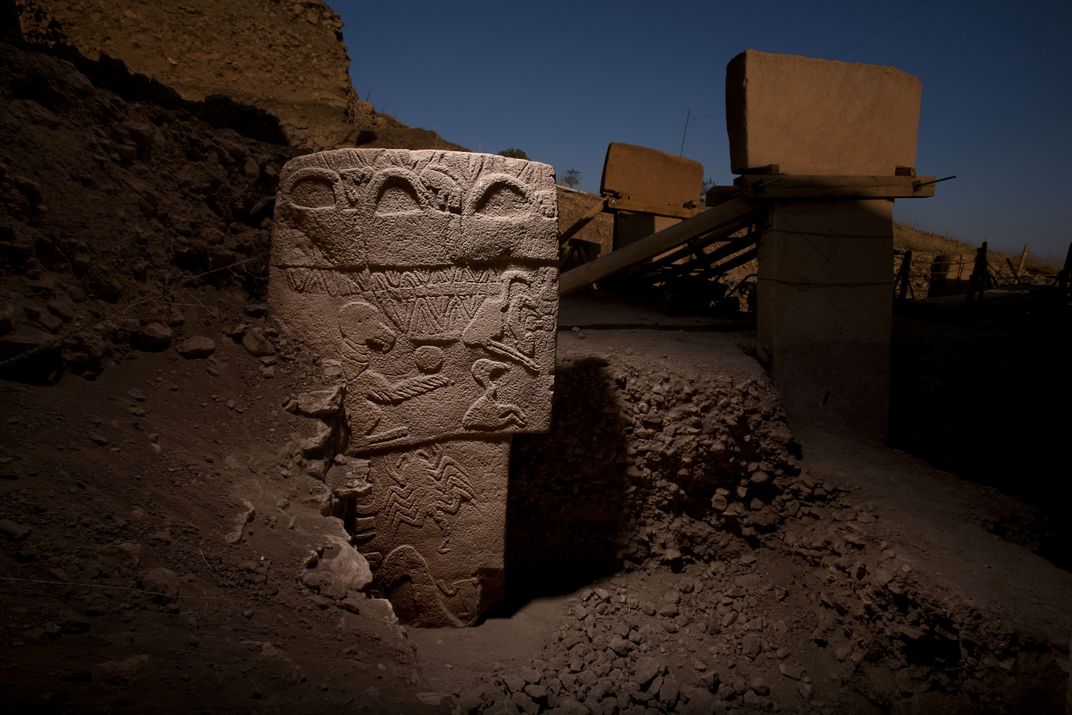
Göbekli Tepe is a groundbreaking archaeological site that compels us to reconsider the origins of human civilization. Its monumental architecture, intricate carvings, and the social organization required for its construction reveal a sophisticated society of hunter-gatherers capable of complex ceremonial practices. The continuing excavations promise to further deepen our understanding of this enigmatic site and its role in the late Epipalaeolithic and early Neolithic periods[1][2][3][4][5][6][7][8][9][10].
Get more accurate answers with Super Pandi, upload files, personalized discovery feed, save searches and contribute to the PandiPedia.
Let's look at alternatives:
- Modify the query.
- Start a new thread.
- Remove sources (if manually added).